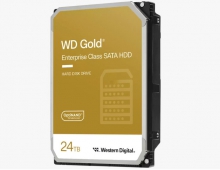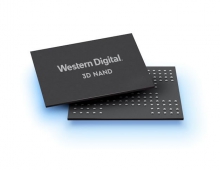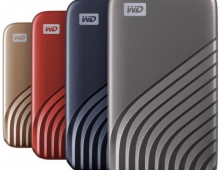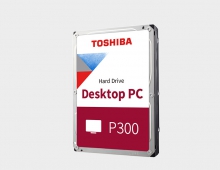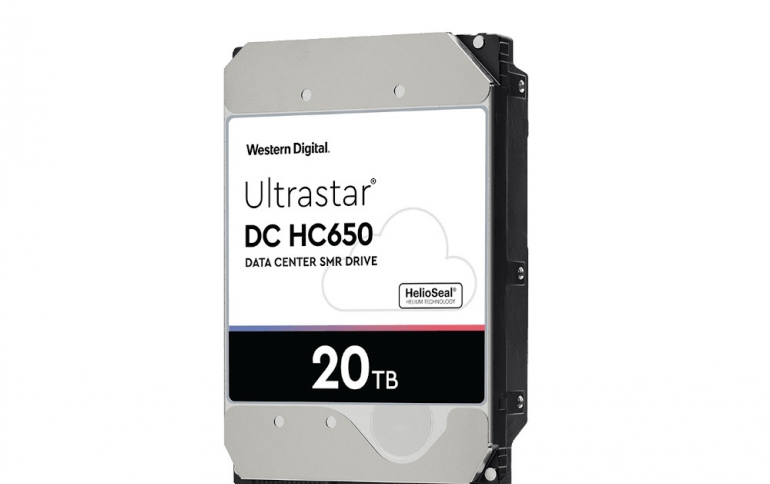
Western Digital Now Sampling 20TB SMR and 18TB CMR Hard Disk Drives
Western Digital has started shipping the industry’s highest-capacity HDD samples to the company's enterprise OEMs and hyperscale customers.
The 20TB Ultrastar DC HC650 SMR HDDs and 18TB Ultrastar DC HC550 CMR HDDs, first previewed in June 2019, feature its first commercial implementation of energy-assisted magnetic recording technology on a nine-disk platform.
The high capacities of Western Digital’s Ultrastar 20TB SMR and 18TB CMR HelioSeal HDDs enable the deployment of up to 22 percent fewer racks and reduce their TCO by up to 11 percent, along with the corresponding reductions in power consumption, cooling costs, and data center infrastructure needs when compared with today’s 14TB CMR HDDs.
Western Digital achieves the industry’s highest areal density performance in these drives through the use of energy-assisted magnetic recording. Together with the company’s HelioSeal and SMR technologies, triple-stage micro actuation and 9-disk platform, the energy-assisted recording technology provides an integrated solution, resulting in the dramatic gain in drive capacities.
Shingled magnetic recording (SMR) technology complements Helium technology by providing an additional 16% increase in areal density compared to same-generation drives using conventional magnetic recording (CMR) technology. Physically, this is done by writing the data sequentially, then overlapping (or “shingling”) it with another track of data. By repeating this process, more data tracks can be placed on each magnetic surface. Shingled magnetic recording removes the gaps between tracks by sequentially writing tracks in an overlapping manner, forming a pattern similar to shingles on a roof.) The write head designed for SMR drives is wider than required for a single track of data. It produces a stronger magnetic field suitable for magnetizing films of high coercivity. Once one track has been written, the recording head is advanced by only part of its width, so the next track will partially overwrite the previous one, leaving only a narrow band for reading. Overlapping tracks are grouped into bands (called zones) of fixed capacity for more effective data organization and partial update capability. Recording gaps between bands are laid to prevent data overwrite by the wide write head from one band to another.
As a reminder, unlike CMR drives, Host Managed SMR drives are not drop-in replacements for traditional drives and require system software modifications that take advantage of the new command sets to ensure data is written sequentially to the drive. Host Managed SMR accommodates only sequential write workloads, and delivers both predictable performance and control at the host level.
To ensure write operations do not corrupt previously written tracks, some Host Managed SMR HDDs perform read verification of the previous track under certain conditions. This read-verification process ensures delivery of maximum capacity at maximum bit integrity, while delivering write throughput near but slightly lower than CMR HDDs.
Qualification and volume shipments of the new drives is expected in the first half of 2020.

